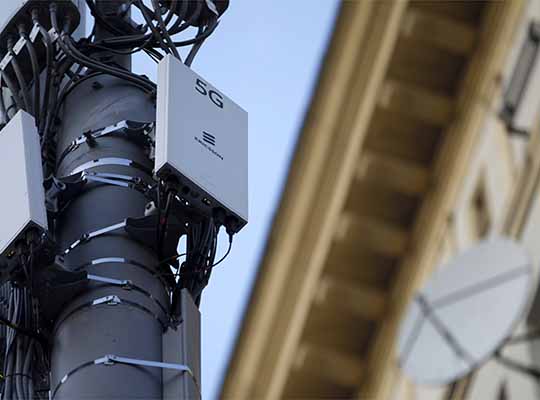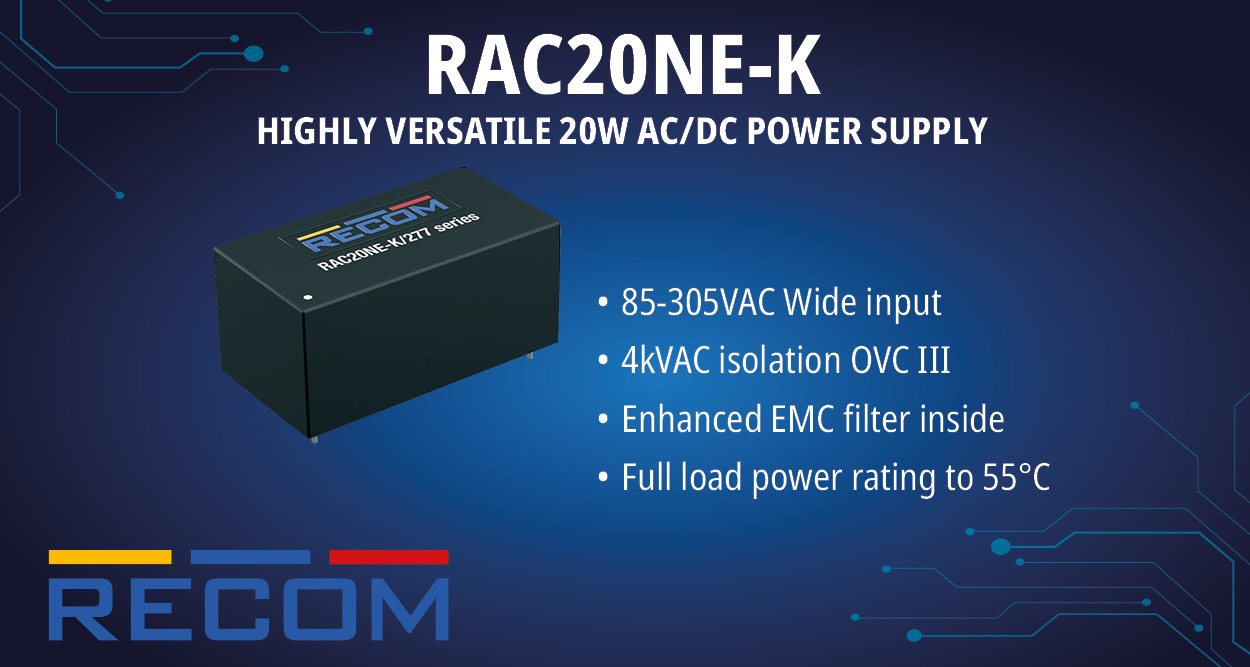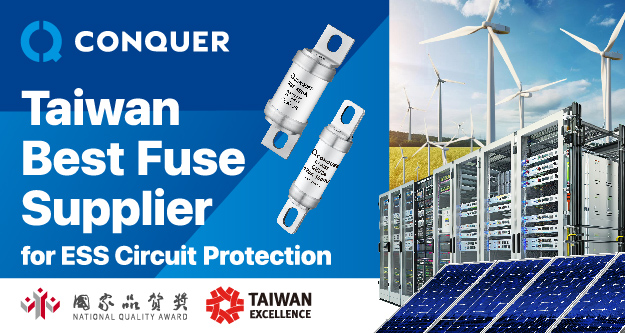5G is changing the world and telecom infrastructure landscape, presenting a bigger market for mobile operators – beyond the traditional consumers – to enterprises and industries. A new generation of private 5G networks is emerging and quietly gaining momentum worldwide to address critical operations of industries and essential infrastructure.
Mission-critical functions are imperative to an organization’s operation and the availability of always-on mobile connectivity made possible by high-capacity and ultra-reliable low-latency communications technology is a game-changer for industrial automation and business improvements. Innovative use cases to support Industry 4.0 initiatives are laying the groundwork for new commercial opportunities across a wide range of verticals including; utilities, manufacturing, logistics, aerospace and healthcare.
As industries continue to pursue enhanced automation, new technologies such as 5G and IoT are being applied to industrial networks and high-performance private 5G networks offer enterprises the capability to achieve real improvements in productivity, efficiency and cost reduction, not to mention opportunities to monetize their data. Technologies such as Augmented Reality (AR), Virtual Reality (VR) and the Internet of Things (IoT) are driving business growth with a host of dynamic new use cases. These Industry 4.0 innovations include smart manufacturing, automated guided vehicles (AGVs), drones, sensor technology, heavy machinery automation, industrial robotics, connected X-ray machines and even V2X automotive networks.
Across diverse industries, digital transformation remains a key priority and private networks for essential industrial applications are built to ensure collaboration, increased productivity and continuity of service. While the opportunities for process improvements and revenue growth are many, so are the challenges. A fundamental challenge is the need for telco-grade robustness delivered at the right-scale for easy and fast provisioning, along with robust data management capabilities.
Critical capabilities – Turn obstacles into opportunities
Characterised by increased automation, Industry 4.0 is advancing the way organizations analyse data and to implement Industry 4.0 initiatives effectively, enterprises need reams of data to power AI algorithms. That means the need for a trusted data management partner has never been greater, leading to a growing number of enterprises to rely on 5G MicroCore to achieve security, interoperability and agility in data management.
As IoT makes it possible for large amounts of valuable data to be collected, analysed and exchanged, combining this data to drive collaboration and develop capabilities is a key challenge. This puts tremendous pressure on the underlying data management infrastructure as enterprises struggle to manage a flood of data from all those devices and applications. Such unprecedented data volume raises vital questions around how to guarantee data privacy and security, ensure interoperability and maximize value from the data.
5G MicroCore is one of the most advanced data management solutions available to help enterprises successfully implement private 5G networks to support smart manufacturing and Industry 4.0 initiatives. The cloud-native 5G MicroCore features minimal footprint and is interoperable, allowing enterprises to mix and match best of breed products to avoid vendor lock-in.
5G MicroCore is a data management powerhouse with several critical features ideally suited for Industry 4.0 use cases:
- Unified Data Manager (UDM): A cloud-native network function for 5G data management that is generally responsible for all user identification handling, access authorization and subscription management in 5G.
- Authentication Server Function (AUSF): Enables cloud-scale authentication and authorization for all system generations and access networks, implementing the extensible authentication protocol (EAP) authentication server and stores keys.
- Mini-Home Subscriber Server (HSS): A key element providing subscriber profile and authentication information, the HSS eases the transition from 4G to 5G, while reducing the total costs associated with operating dual-core networks.
- Unified Data Repository (UDR): The UDR stores information about subscribers, application-specific data and policy data. The open, cloud-native UDR collapses multiple vendor data silos into one common network data layer, making it simple to securely store and access data from the core to the edge for any application and data type.
Smart Power Play
Enterprises are actively considering 5G MicroCore and a number of businesses have launched private 5G networks in smart factories requiring robust data management for automation and robotics to support Industry 4.0 initiatives. As Industry 4.0 momentum reaches peak velocity, resourceful businesses are taking wireless networking well beyond traditional Wi-Fi to solve mission-critical challenges with the power of 5G.
















